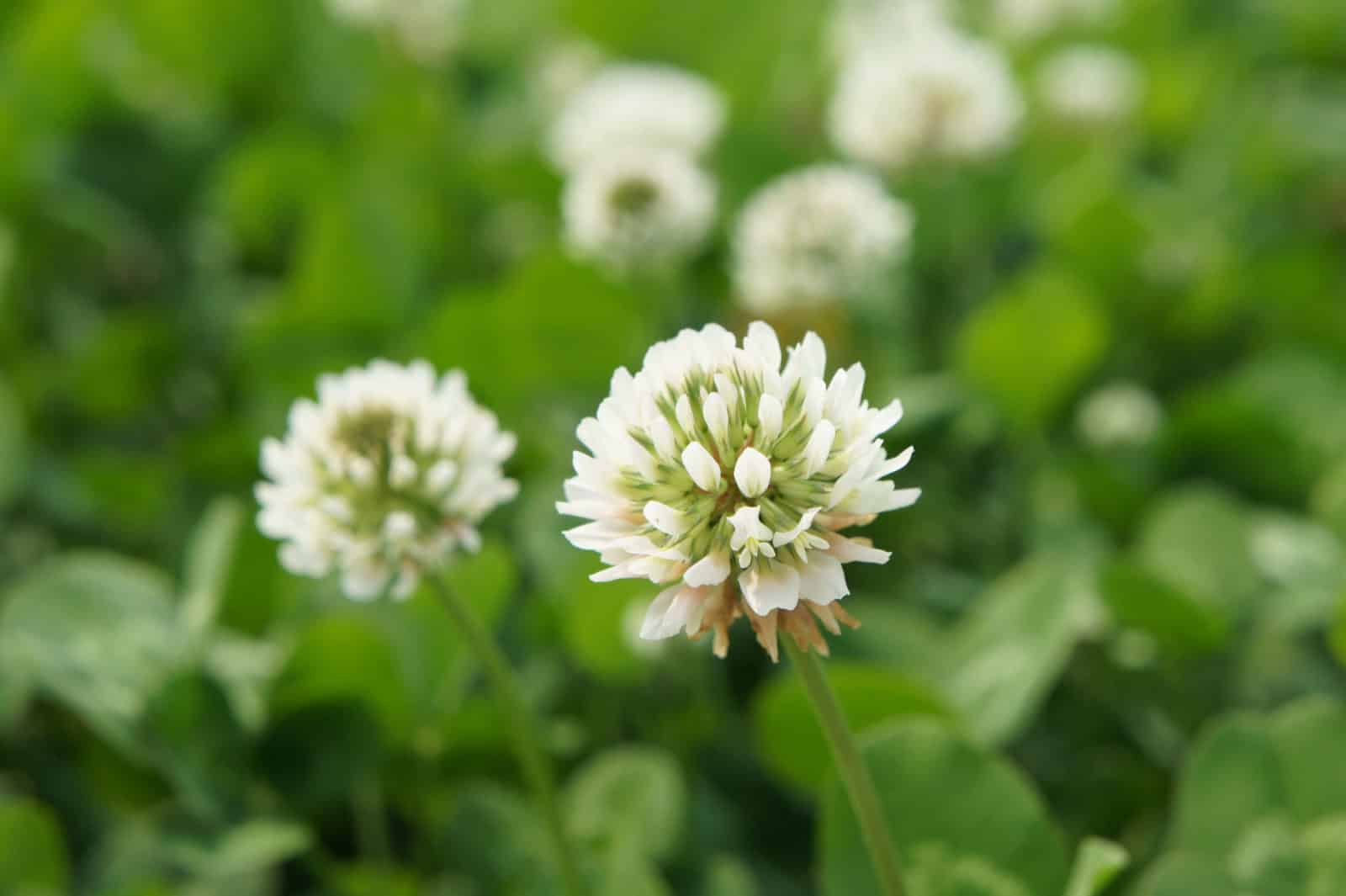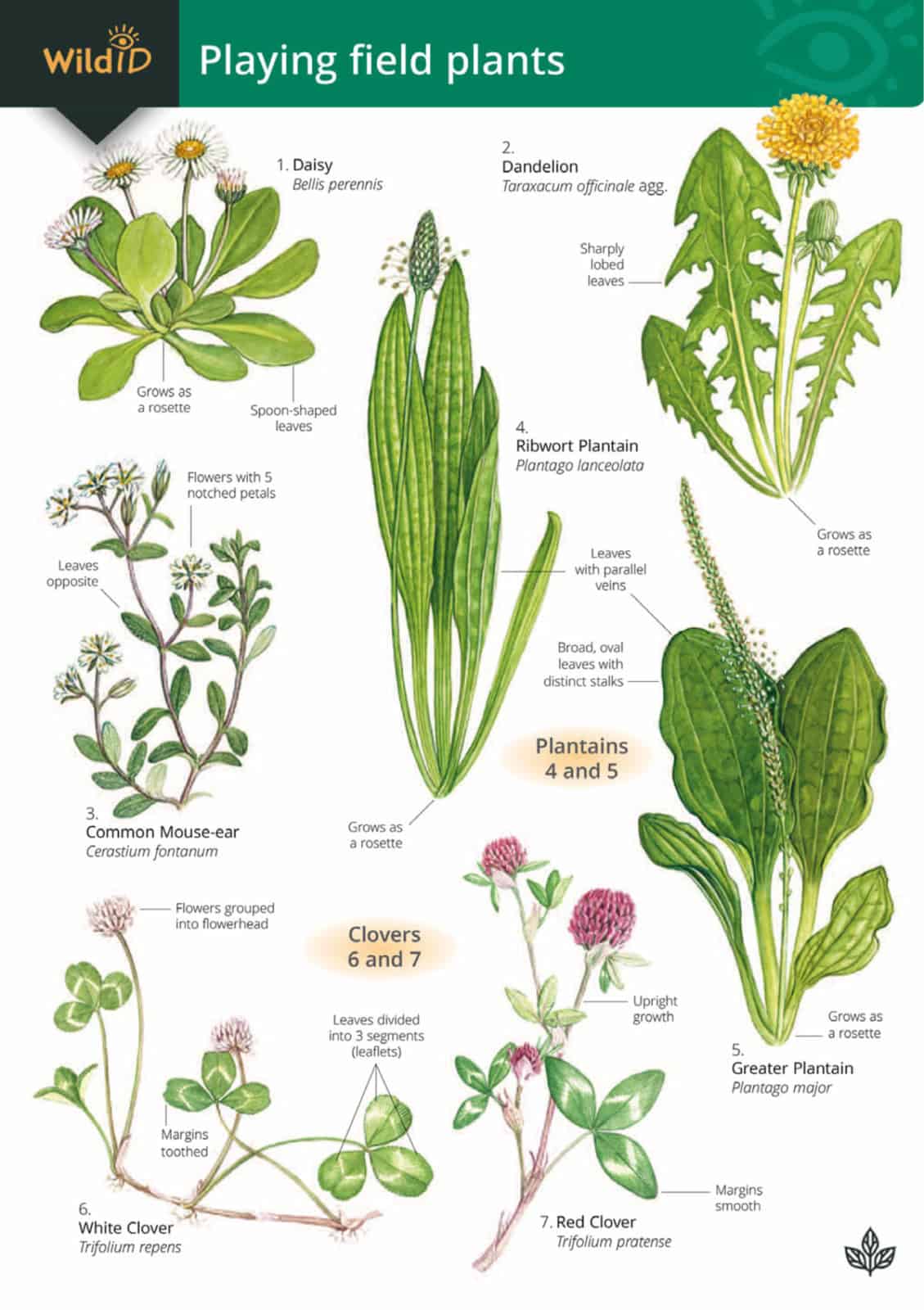Playing field plants guide
The FSC Playing fields plants guide will help 11-14 year olds to design and carry out independent biological investigations in a familiar and accessible habitat.
Playing fields and sports grounds aren’t just for sport. They can also be a great place for science investigations. This guide contains ideas for projects with plants. Colour illustrations by Carol Roberts show a selection of plants common in playing fields and lawns. Also included is a straightforward guide to leaf shape, flower shape and colour, plus other useful identification features.
Although at first glance playing fields might all look the same, you will find plenty of variation if you look closer. From daisies and buttercups to knapweed and yarrow, each plant tells a story. Based on many years of experience at FSC Field Centres, we have chosen 15 species that are particularly good for projects. Accompanying text guides students step by step through a full investigation, from planning, recording in the field to considering their results. Playing fields are also a great place to introduce the concept of sampling.
For some projects students will need to identify all the types of plants (species) in the area. But many projects are possible by just looking at one species. Do you think all playing fields will be the same? Could you compare several different fields? A ‘Further Investigations’ section gives ideas for extension work. In particular we introduce the concepts of species richness, frequency and density. This is also useful for ages 14-16.








